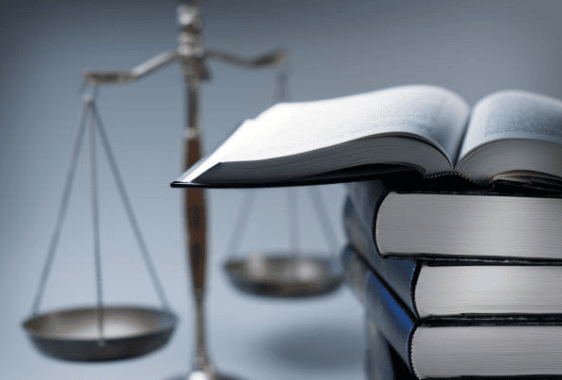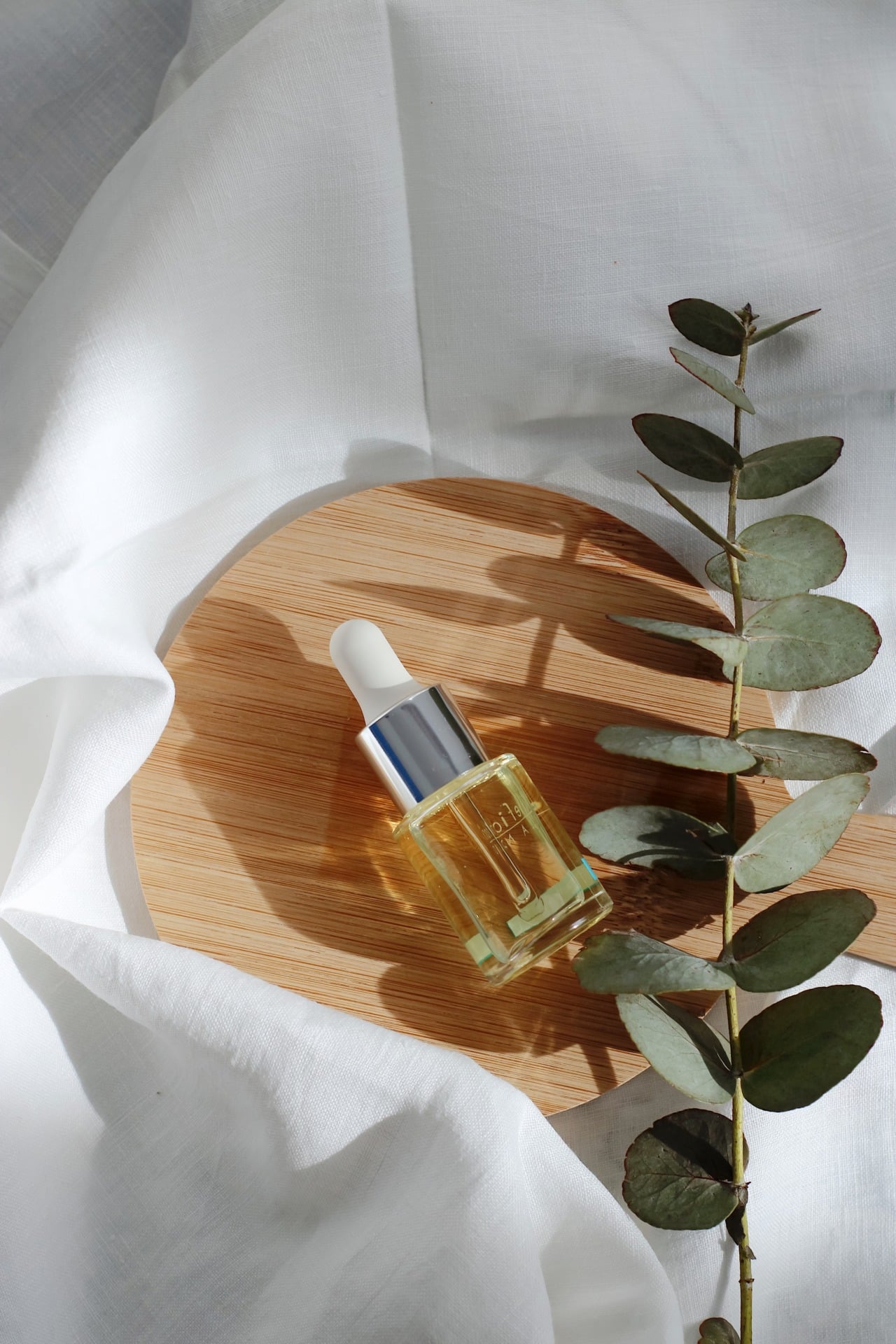What makes your product a cosmetic in the European Union and the United Kingdom
During the product’s development phase, brands or manufacturers are often confused about the categorisation. We were contacted more than once by companies with the same question: “Is our product considered a cosmetic or a medicinal product?”. In the most extreme cases, brands would be expecting to sell a cosmetic whereas it turned out to be a Medical Device. And generally, a last-minute modification of the marketing strategy, the formula or the label to comply with the right regulations is tough.
Furthermore, it is not rare to find beauty products displaying allegations not adapted at all to the definition of a cosmetic. Altering claims at an advanced stage of the development process may lead to delays and unnecessary hurdles.
With this article, you will be safe from any bad surprise! After reading it, you will know how to make the difference between a cosmetic, a medicinal product, a Medical Device and a biocide, as in many cases choosing the right category is difficult.

1- Categories cosmetics are easily mixed up with: definition in the European Union and the United Kingdom
In Europe, a cosmetic is a substance or mixture intended to be placed in contact with the external parts of the human body (epidermis, hair system, nails, lips and external genital organs) or with the teeth and the mucous membranes of the oral cavity with a view exclusively or mainly to cleaning them, perfuming them, changing their appearance, protecting them, keeping them in good condition or correcting body odours.
As a result, it is of primary importance to consider the three main criteria to categorize a product as a cosmetic, being its nature (substance or mixture), its application and its function.
- Are cosmetics: make-up, deodorant, toothpaste, sunscreen, perfume…
- Are not cosmetics: acne treatment, antibacterial gel, colour lenses, injected, inhaled or swallowed products… Aromatherapy can also be excluded from the cosmetic definition and be considered as a “substance/mixture applied by inhalation or on the skin” according to its usage, allegations and primary function.

If my product is not a cosmetic, what can it be?
First of all, it could be a medicinal product, a substance or combination of substances that is intended to treat, prevent or diagnose a disease, or to restore, correct or modify physiological functions by exerting a pharmacological, immunological or metabolic action. Acne treatments (except if chemical or physical action) or products promoting hair growth are part of this category.
It could also be a biocide, an active substance aiming to destroy, repel or render harmless harmful organisms, or to prevent their action or fight them through a chemical or biological action. Hand sanitizers are biocides.
Eventually, it is also plausible for it to be a Medical Device, such as colour lenses, intimate lubricants (depending on the case) or dermal fillers.
CAUTION
The cosmetic definition is not universal. If in the European Union and the United Kingdom only one type of cosmetic is established, other countries such as the United States make the difference with OTC drugs, Japan with quasi-drugs or China with special-use cosmetics.
The same logic applies to Medical Devices, biocides and medicinal products.
2- Is my product a cosmetic in the European Union and the United Kingdom ? It will depend on its primary function and allegations
First of all, every cosmetic label should comply with the EU/UK cosmetic regulations. In the scope of your marketing strategy, claims must align with several criteria which you can discover in our dedicated article.
Illegal cosmetic allegations in the European Union and the United Kingdom
As we saw earlier, a cosmetic must comply with its definition. The formula, but also logos and claims, are often the source of confusion. According to the cosmetic definition, here are some examples of unlawful allegations:
“Treats acne”
“Treats rosacea”
“Stimulates the lymphatic system”
“Erases the wrinkles”
“Maintains the vaginal flora”
“Antibacterial”
“Tackles psoriasis”
“Stimulates hair growth”
On top of not respecting the cosmetic definition (and falling into the medicinal product, Medical Device or biocide definition) and being non-compliant, they do not follow other legally binding core principles such as veracity and sincerity. Nevertheless, do not forget that cosmetics cannot be applied on an injured skin.
Alternatives solutions

As a cosmetic cannot display a pharmacologic, immunologic or metabolic action, the corresponding lexical field must be avoided when describing its mode of action and purpose. The above claims are unauthorised for a cosmetic unless the verb is changed, or the medical term replaced by a non-medical synonym. Our toxicologists and experts in cosmetology are experienced when coming down to claims’ choice and marketing strategy.
Do you have problematic allegations? We invite you to contact us to find together alternatives without denaturing your product and brand identity.
Borderline products in the EU/UK: when a cosmetic can also be a medicinal product, a Medical Device, an usual product or a biocide
To summarize, categorizing a product depends on the formula, the allegations and the primary function. The boundary between a cosmetic, a medicinal product, a usual product and a Medical Device or a biocide can be blurry in many cases. You will find below some examples of borderline products.
Hand cleanser:
- Cosmetic –> Primary function is to clean.
- Biocide –> Antibacterial, virucidal, anti- Covid 19 or displaying logos linked to microbes.
Products targeting heavy or swollen legs:
- Cosmetic –> Cosmetic primary function along with a cooling effect
- Medical Device or medicinal product –> Primary function to reduce the tiredness of the legs
Product to be applied after a laser procedure:
- Cosmetic –> Applicable on a recovered skin
- Medicinal product or Medical Device –> Applicable on an injured skin or a wound
After sport gel
- Cosmetic –> No effect on the muscles and/or cooling effect
- Medicinal product –> Muscle relaxation
We could mention many other borderline products because the list is long. What matters the most for your company is to know these regulatory subtilities and to take them into account when developing your product in order to avoid any last-minute change when checking the compliance of your labels and creating your PIF.
3- BIORIUS helps you from A to Z
BIORIUS’ experts can confirm your formulas and claims while proposing alternative compliant allegations without affecting your marketing strategy, for the European and international markets.



